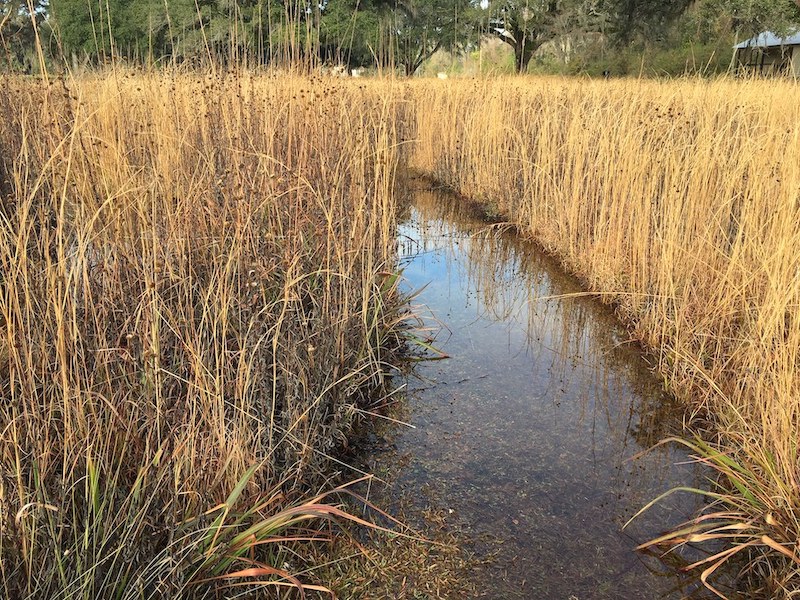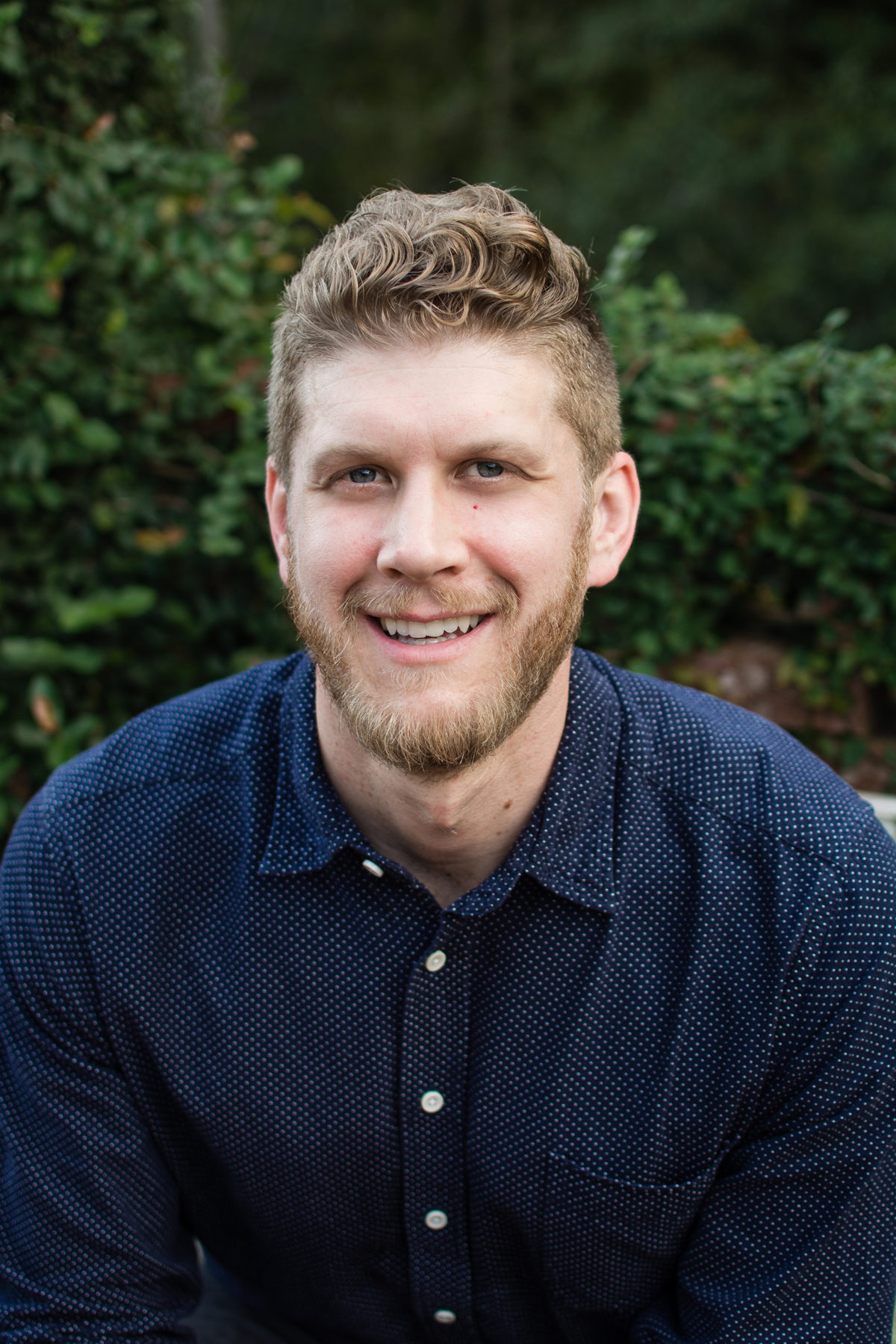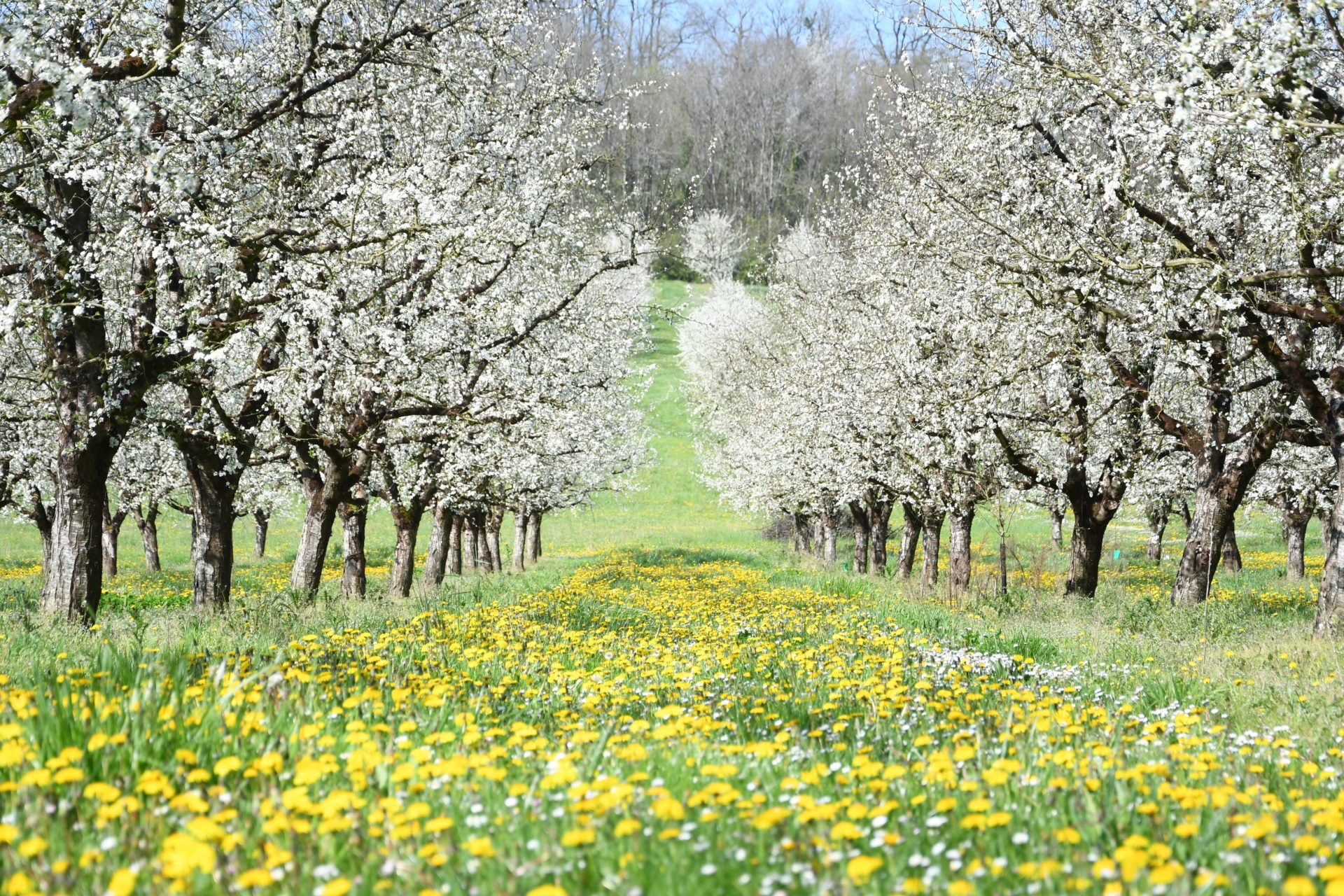By Joshua Hussey

In No Mud No Lotus, the Venerable Thich Nhat Hanh writes, “Just as the well-tended compost becomes a flower garden, when we take care of and look deeply into our sorrow, it transforms into understanding and compassion.”1
The collective dark-night experience of the current pandemic shows how a confusing mix of fear,
By Joshua Hussey

In No Mud No Lotus, the Venerable Thich Nhat Hanh writes, “Just as the well-tended compost becomes a flower garden, when we take care of and look deeply into our sorrow, it transforms into understanding and compassion.”1
The collective dark-night experience of the current pandemic shows how a confusing mix of fear, anxiety, doubt, and misinformation are the fertile components leading toward individual complexes of depression, despondency, and anger. I can admit to feeling all of these at certain times in the last several months, compounding other material and emotional difficulties that already existed. Isolation, however, provided a real opportunity to deepen my practices in concentration, insight, and the Five Mindfulness Trainings. And I have come to understand the crisis as a teacher in and of itself—a kind of situational guru.
Prior to the pandemic, I spent Christmas at Mepkin Abbey, a Trappist monastery outside of Charleston, South Carolina. Besides sitting in the small private chapel, playing the Plum Village App gong softly through my phone while practicing mindfulness of breathing, part of my daily meditation was to walk the exquisite grounds, focusing on sensations and blessing the plants, trees, grasses, and animals as I went along. As an earth-touching practice, I wandered step by step until I reached the monastery’s labyrinth, then took the spiral to its center and retreated back out again. Labyrinths are, by nature, unicursal: there is one entrance and one exit, presenting a kind of psychological puzzle. To walk in a labyrinth is a meditation. About a day or two into my retreat, big storms came, flooding the labyrinth and rendering it mostly impassable.
For the next few days, I could walk only some of the labyrinth, feeling the saturated ground sinking under my feet, splashing the back of my legs with mud. Not being able to complete the labyrinth suddenly made me grouchy, until I realized how much I was clinging to that experience—even looking for a specific experience. This flooding finally taught me something about practicing—that even here, I had made a habit, a tendency or groove in my behavior. I discovered that my practice didn’t have to feel stymied, but rather I could use the limitation as an opportunity for growth, a chance to witness habit patterns and desire, and exert myself to avoid those arising qualities.
In giving up my attachment to how I thought my practice should go, I found forgiveness and a release as interior space was opened. Similarly, in the current pandemic, we have all had to adjust to the unexpectedly changing situation—a real opportunity to let situations present themselves and to use the modalities of Dharma practice to continue to find release from any of their tensions. Each situation offers a chance to serve the moment with one’s equanimity, an offering of harmony back out to the world to help continue to create balance.
I write this from Heartwood Refuge in Hendersonville, North Carolina. It is mostly empty here except for a handful of Dharma sisters and brothers, and I feel fortunate to be with them; their generosity is unparalleled, its constancy uplifting. To meditate in a place of diversity and unwavering friendliness creates a feeling of openness, spaciousness like a deep pocket. With the chance to sit in a Dharma hall again, I found my contemplations tracking through all the unskillful actions of my life and felt the sear of shame that travels with these memories.
I thought about the history of my privilege, the relative ease through which I have been able to navigate the world, and the pain and suffering of others who live each day in the face of discrimination and racial oppression. As a fourth-generation Californian, I understand this country as part of my ancestry, and I understand that I must share in the accountability for its violent past. The murders of George Floyd, Ahmaud Arbery, and Breonna Taylor were certainly not the beginning of this conversation, but seeing them unfold this past summer has been utterly heartbreaking. Witnessing these events has felt incomprehensible and despairingly shameful.
There is a leveling experience in a community. The theater of this country is a community moving together through the labyrinth, making marks in the dirt to find the way back, which is also the way forward. One way in and one way out: We came into this place with racial oppression, and the way out is to remove it together. Through the practice of meditation, mindfulness, and the Noble Eightfold Path, we can create space to heal one another.
The experience of “leveling” is one that brings balance—a way to witness the human in others—to meet others with authentic compassion. As a teacher, both at the university and community-college levels, I have taken on the role of listener more than speaker to find a place of connection. I have chosen instead to act as an advocate to the voices and experiences of others by practicing deep listening.
Similarly, such practices happen amidst community. I think back to one of the George Floyd protests in Athens, Georgia—on the heels of the first of the summer, which had ended in chaos and tear gas unusual for this small town. While the spirit that day was peaceful, helicopters swirled and police blockaded most of the surrounding area, closing entire streets as well as any access to the university, adjacent to downtown. Navigating all this was like wandering in a maze, being turned around and tripping along corridors shaped from barricades and bodies.
It was very hot and humid. The air felt like a damp and thick cloud, and everyone moved slowly, as if suspended in fluid. During the speeches, at one point a teenage girl collapsed in front of me. Immediately a cry came out, and her neighbors crossed their arms, raising them in an X. A moment later several volunteer medics arrived, carrying their homemade kits cobbled together with their own supplies. They treated the fallen girl, and she quickly revived.
What struck me about the moment was the sincere care, the compassionate acts of neighbors, and the clear dissolution of the individual amidst the crowd. The purpose of the protest was to unify, and nothing seemed clearer than this act: the row of raised Xs as a call for help when words would be lost in the din. As the girl wandered away, I recalled an essay Thich Nhat Hanh wrote on an experience he had during a walking meditation, where his group was suddenly surrounded by hundreds of people. “There was no path to walk, and everyone was aiming their camera at us. It was a very difficult situation in which to do walking meditation, so I said, ‘Dear Buddha, I give up, you walk for me.’ Right away the Buddha came, and Thay walked, with complete freedom. The crowd made room for the Buddha to walk; no effort was made. If you find yourself in some difficulty, step aside, and allow the Buddha to take your place. The Buddha is in you.”2
Just as our ancestors breathe with us through every cell of our bodies, so too our pure natures can emerge to guide us when our footing becomes unsure. All we need to do is ask humbly. Just as some of the paths we walk are clear and illuminated, other paths are often flooded, washed out with sinking ground. This life is all about more than a few unexpected storms with only the hopeful image of the lotus flower, floating in the turbulence.
As I continue to try to understand the experience of others and practice to support others directly affected by this racial pandemic, if I become weary, fearful, placed in danger, or turned around in the labyrinth, I will not stop walking for change. Instead, I will remember Thich Nhat Hanh’s teaching: “Dear Buddha, because I won’t give up, you walk for me.”
1 Thich Nhat Hanh, No Mud, No Lotus: The Art of Transforming Suffering (Berkeley, CA: Parallax Press, 2014), p. 25.
2 Thich Nhat Hanh, “Walk Like a Buddha,” Tricycle Magazine, Summer 2011.

Joshua Hussey (PhD, Registered Yoga Teacher) has been working with mindfulness techniques since 1999. Originally from the San Francisco Bay Area, he lives in Athens, Georgia, US, and teaches English at the University of Georgia.

